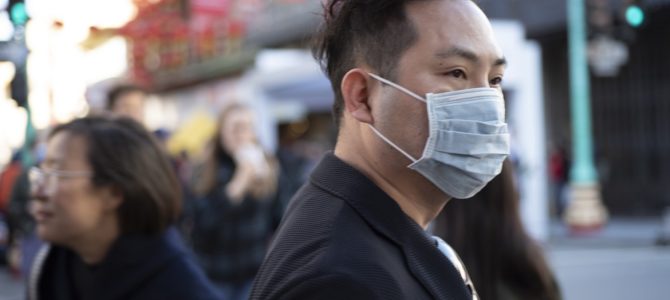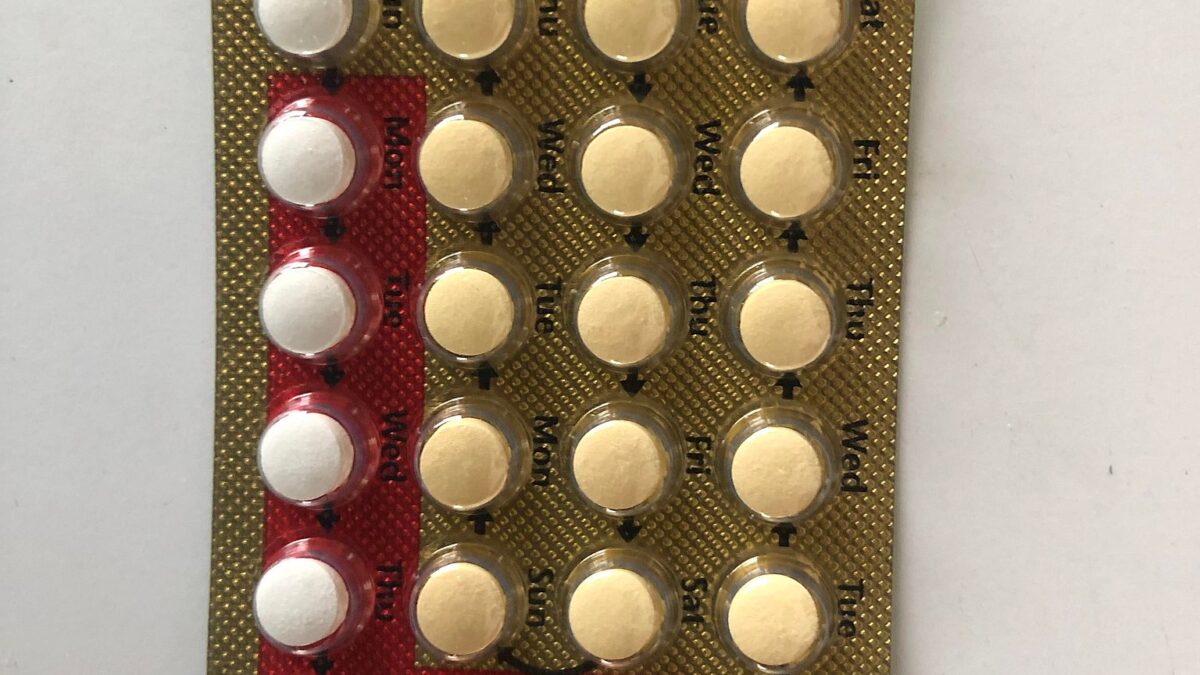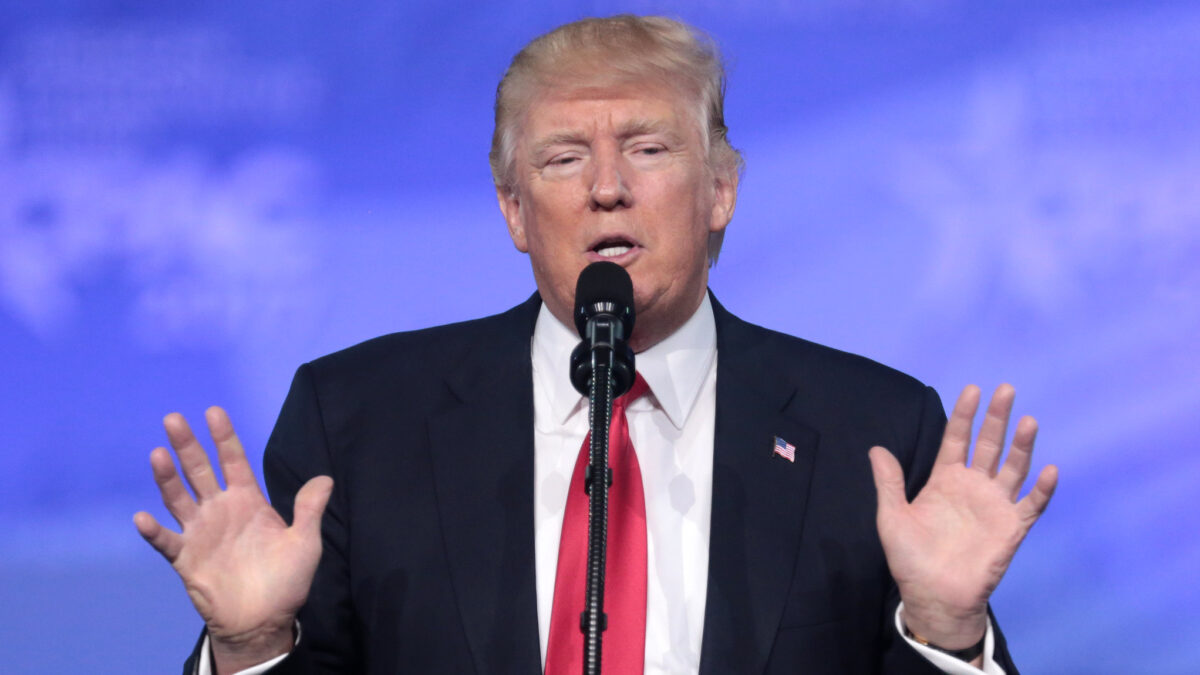
If we are in the containment phase of a disease outbreak, as officials have claimed, our public health response has been baffling. How do we know if Covid-19, or another emerging disease, has broken out in a community?
Currently, it comes down to our ability to define the disease with enough specificity that clinicians can distinguish it from other diseases and test to confirm that diagnosis. If we can’t do that, then our frontline health workers may not recognize initial cases, health officials cannot recommend appropriate measures, and the disease spreads silently until it reaches a critical mass that garners widespread attention.
For example, when a new strain of Ebola broke out in Bundibugyo, Uganda, the symptoms were less dramatic than those seen in other Ebola outbreaks. This made it challenging for clinicians to know if they were dealing with Ebola or another, more garden-variety, disease. In the case of Covid-19 in the United States, the World Health Organization’s (WHO’s) narrow case definition and the Centers for Disease Control’s (CDC’s) centralized approach to testing ensured we would miss early community transmission.
Describing the set of criteria that are unique to a new disease (or “case definition”) is a critical part of equipping clinicians to find cases, especially when the disease looks like lots of others. Clinicians can then tell public health officials what they are seeing “on the ground” and build a picture of how an outbreak is progressing.
Wrong Assumptions about How the Disease Spreads
Since the symptoms of Covid-19 are vague and like those of many sicknesses (fever and respiratory symptoms), the WHO’s description of a Covid-19 suspect case included two possible criteria. One, any individuals hospitalized with severe acute respiratory infection of unknown cause qualified as suspect. Two, any symptomatic individuals who traveled to an affected area or were exposed to an infected individual.
The problem is that these criteria assumed that there was a centralized source of infection and that we were dealing with a virus that would leave a nice trail of connected, detectable cases. Unfortunately, early in the outbreak there was evidence to suggest this was not true.
Despite China’s initial insistence that the outbreak was tied to a single wet market, it had only begun in early December, and it was not spreading between people, a study published in The Lancet on Jan. 24 suggested otherwise.
First, the index case did not have a connection to the wet market or any epidemiological links to the other cases. Infectious disease expert (and my mentor at Georgetown University) Dr. Daniel Lucey told Vox this suggests the virus may have already been circulating in the population for months or there could have been multiple places in the food chain where people could have been exposed. Second, there were some reports of mild cases or even those with no apparent symptoms.
These factors reveal the flaws in the case definition: the outbreak may have already slipped outside the containment zone and had the potential to spread undetected through asymptomatic or mild cases.
Waiting Until the Disease Breaks Out to Test
The WHO praised China’s transparency (perhaps in a bid to encourage future transparency), despite evidence China oppressed whistleblowers and may have hindered the flow of information. Did the WHO’s reliance on China’s data lead them to mischaracterize the threat from Covid-19?
The WHO’s narrow case definition may have prevented laboratories from being overrun with negative samples, but it may have also led clinicians to rule out Covid-19 prematurely, essentially lulling clinicians and the public into a false sense of security. The Covid-19 case definition appears tailor-made to underestimate the outbreak and miss spread of the disease until it reaches a critical mass.
The CDC compounded this problem by restricting Covid-19 testing to only symptomatic individuals who had traveled to a region with local transmission or been in contact with someone with Covid-19. Instead of placing clinicians on high alert for unusual disease activity fitting Covid-19’s description, it limited their focus to patients with specific travel or exposure histories. Weeks later, they expanded their criteria to include hospitalized patients with lower respiratory symptoms of unknown origin, now testing all cases that fit the WHO’s suspect case criteria.
This meant we would only be alerted to local spread when there was a case severe enough to prompt clinicians to demand testing. If we assume early data from China is accurate and roughly 80 percent of cases are mild, this means by the time we detect a severe, hospitalized case, there are already many more mild cases within the community. This wasn’t prudent early detection, but a crude disease detection backstop.
Circulating for Weeks Before Detection
The CDC was doing some passive surveillance by having a few laboratories outside large cities automatically test flu samples for Covid-19. But there is a flaw in this system. Doctors don’t always swab for influenza, as a clinical diagnosis is often sufficient, especially if they haven’t been warned that Covid-19 may already be in their community. And why would they suspect Covid-19 if our nation’s trusted health authority has implicitly advised that diagnostic testing is unnecessary unless specific criteria are met?
Look at Washington state, where genetic testing of community-acquired cases now suggests that Covid-19 has been circulating there for weeks. It might have been detected earlier if clinicians had been alerted to the potential risk and offered the option to test more broadly. Only testing the severe, hospitalized cases without travel or contact histories guaranteed that we would miss milder cases and risk further disease spread.
The CDC’s broader guidance on Covid-19 has been wonderfully nuanced, preparing various sectors of society for the unknowns that lie ahead and explaining why measures like closures and telework may be prudent. But on the crucial task of equipping clinicians to detect early signs of the actual virus, their initial guidance was strict, narrow, and shortsighted.
The WHO and CDC’s approach to identifying cases has been a recipe for letting the virus gain a foothold in local communities. And the spread of the virus has revealed the weaknesses in allowing a centralized authority to determine when tests should be administered, instead of equipping and informing clinicians on the ground to make those decisions based on local conditions.
Thankfully, on March 4, Vice President Mike Pence announced the CDC is loosening its testing criteria and doctors can order Covid-19 testing for any patient. Federal health authorities have an essential role to play in outbreaks. Hopefully Covid-19 will provide valuable lessons to improve risk communication during future outbreaks.









